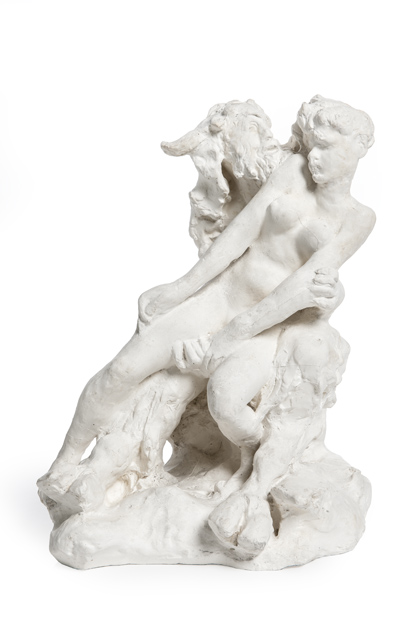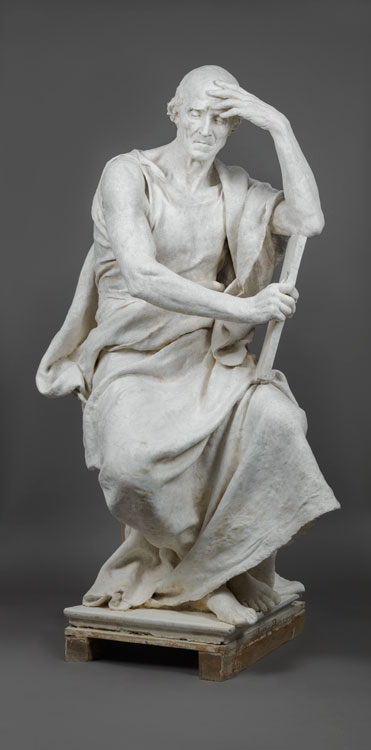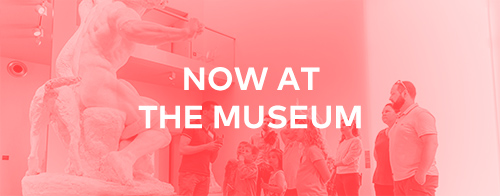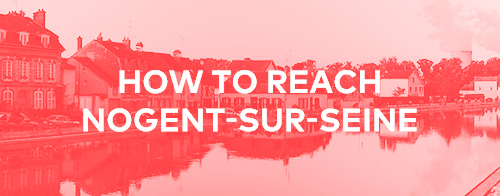Sculpture of Camille Claudel's time
The Nogent-sur-Seine collection stands out for its temporal coherence, presenting sculptures from approximately 1870 to 1910, a particularly splendid period for sculpture and especially rich starting in 1880 with the nascent stylistic transformation characterized by a search for expression and meaning.
The section “Sculpture at the time of Camille Claudel” considers how sculptors – attached to the subject and the body's representation, steeped in classical culture and technically impeccable – positioned themselves during this period of transformation, borrowing from various sensibilities according to the subject, or on the contrary limiting themselves to a constant, personal search for expressiveness and meaning.

What is the significance of this profusion of sculptures in the public sphere, commissioned by the triumphant French Republic or groups of citizens seeking to pay tribute to their “great men”? This sculpture of the street, the "people's museum", tells a story, instructs, moralizes and adorns. How are mythological subjects interpreted in the academic and symbolist milieus? What is the influence of the rediscovery of the Florentine Quattrocento? Given the confusion of styles present during this period, and the scientific studies in anatomy and morphology taught at the École des Beaux-Arts fine arts school, what canons of the nude female body were adopted? How did this young democracy present the image of “work”? What subjects best evoked this “movement” that so well symbolized the 19th century?
A projection room allows visitors to immerse themselves in the Paris and the Parisian art life of the late 19th century familiar to Camille Claudel.
One at once understands the extent to which, in this context, competition was fierce, especially for a young female sculptor, whose first obstacle was locating a school welcoming women, and then managing to stand out amongst the plethora of sculptors present at the annual Salon, affirming her originality and seeking understanding. While the evolutions in painting during this period – notably impressionism – are well known, those in sculpture are yet to be fully explored. Camille Claudel belongs to the movement initiated principally by Rodin. The contextualization of her creations is therefore all the more rich in meaning.
sculpture in middle-class homes





